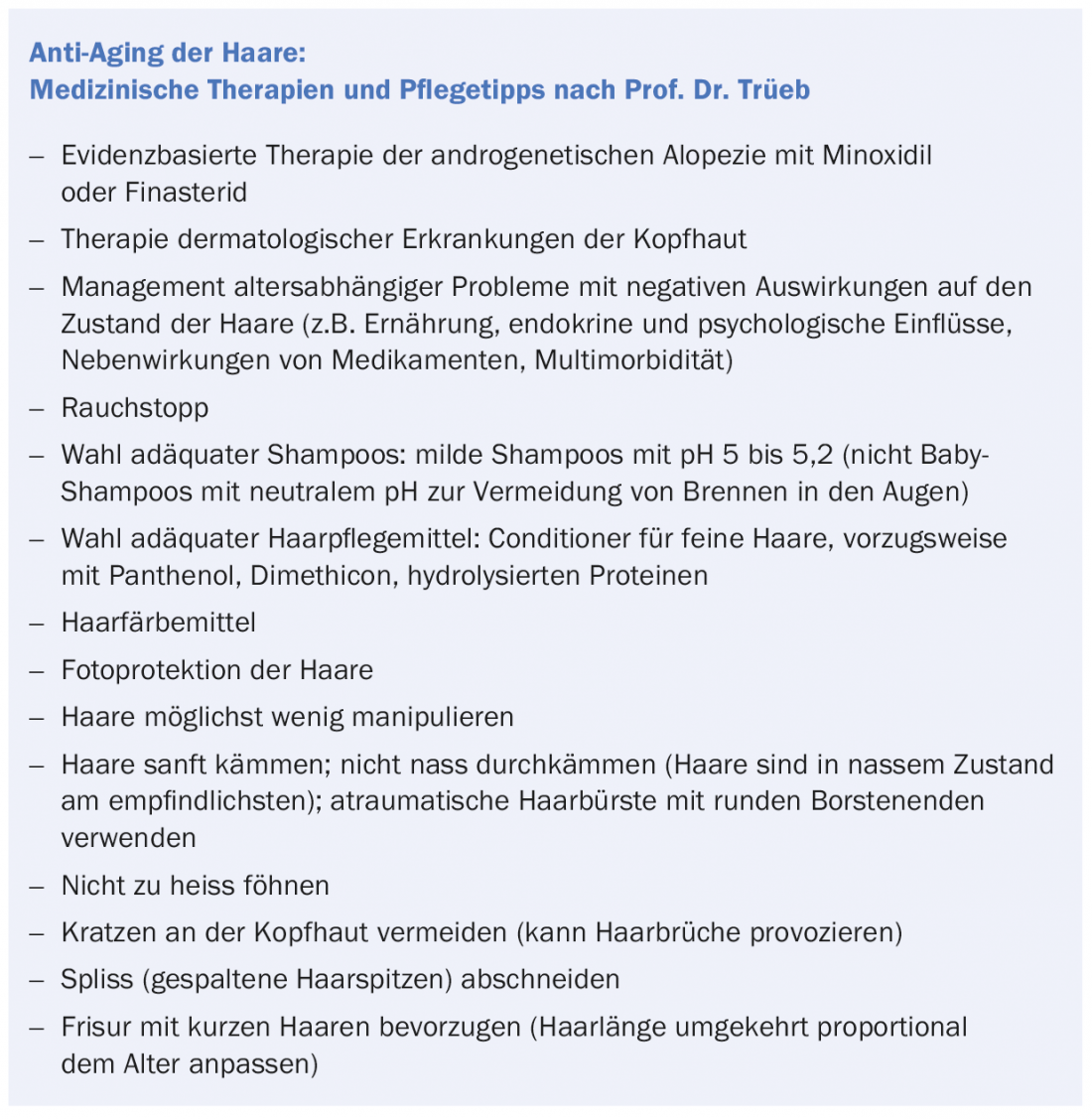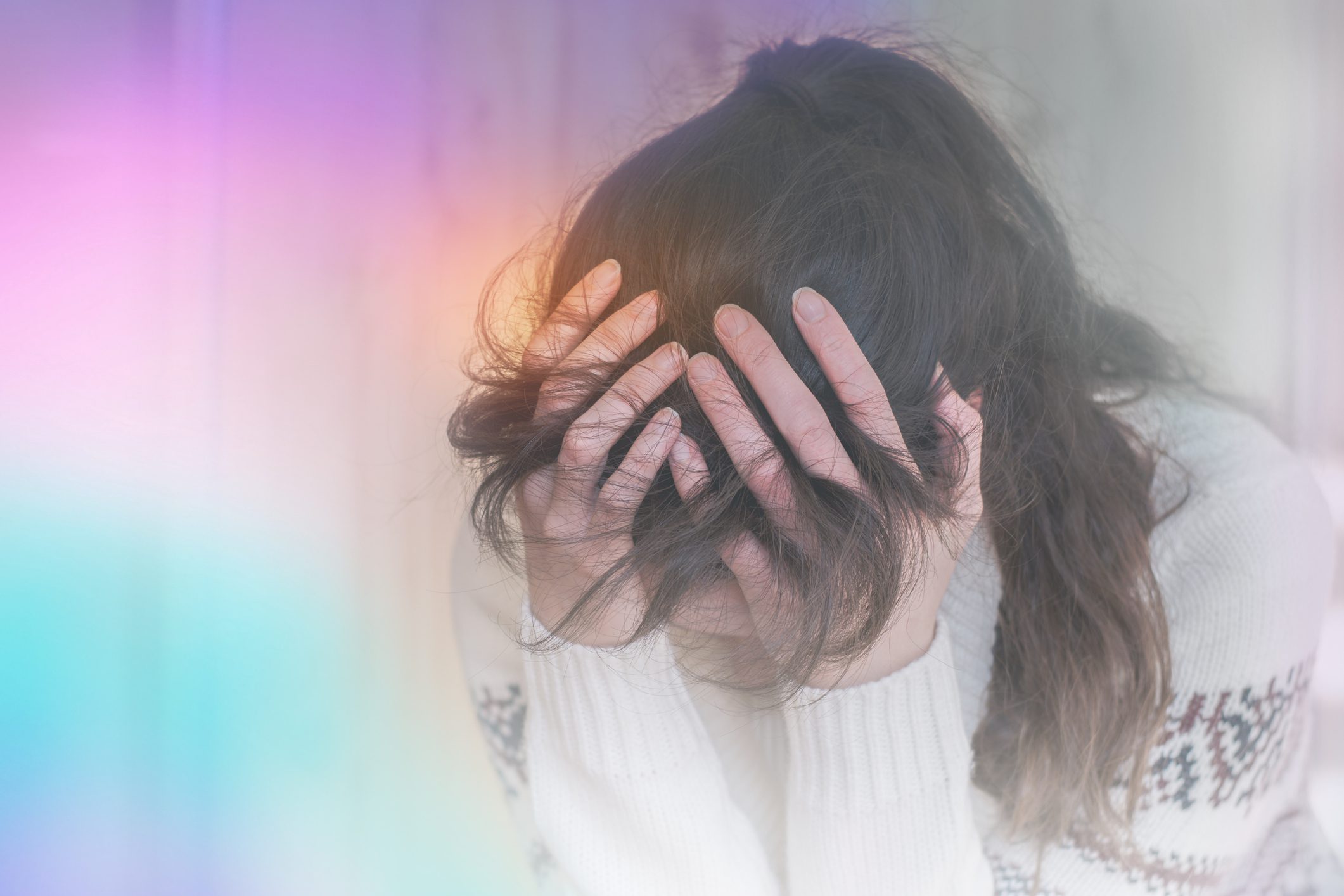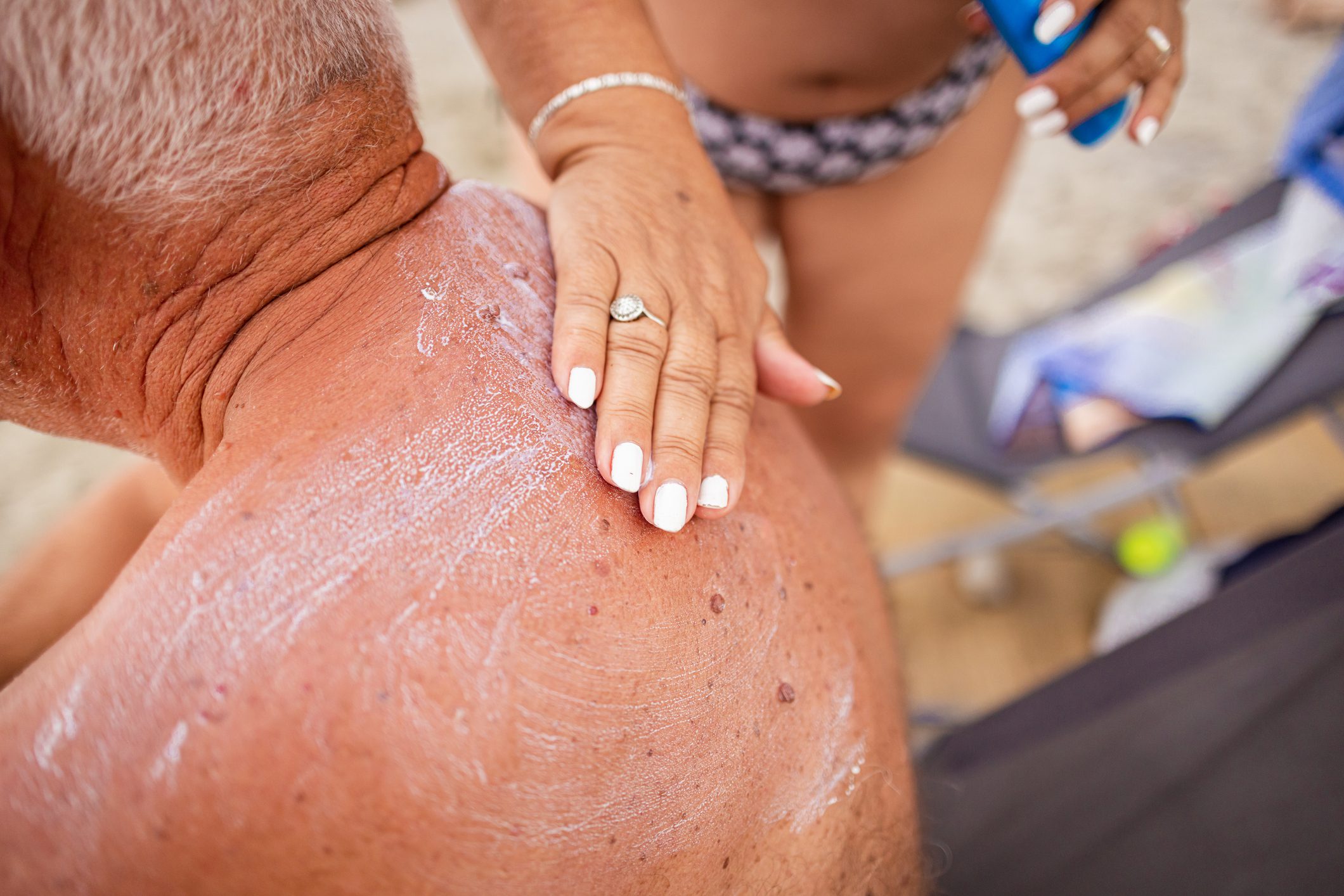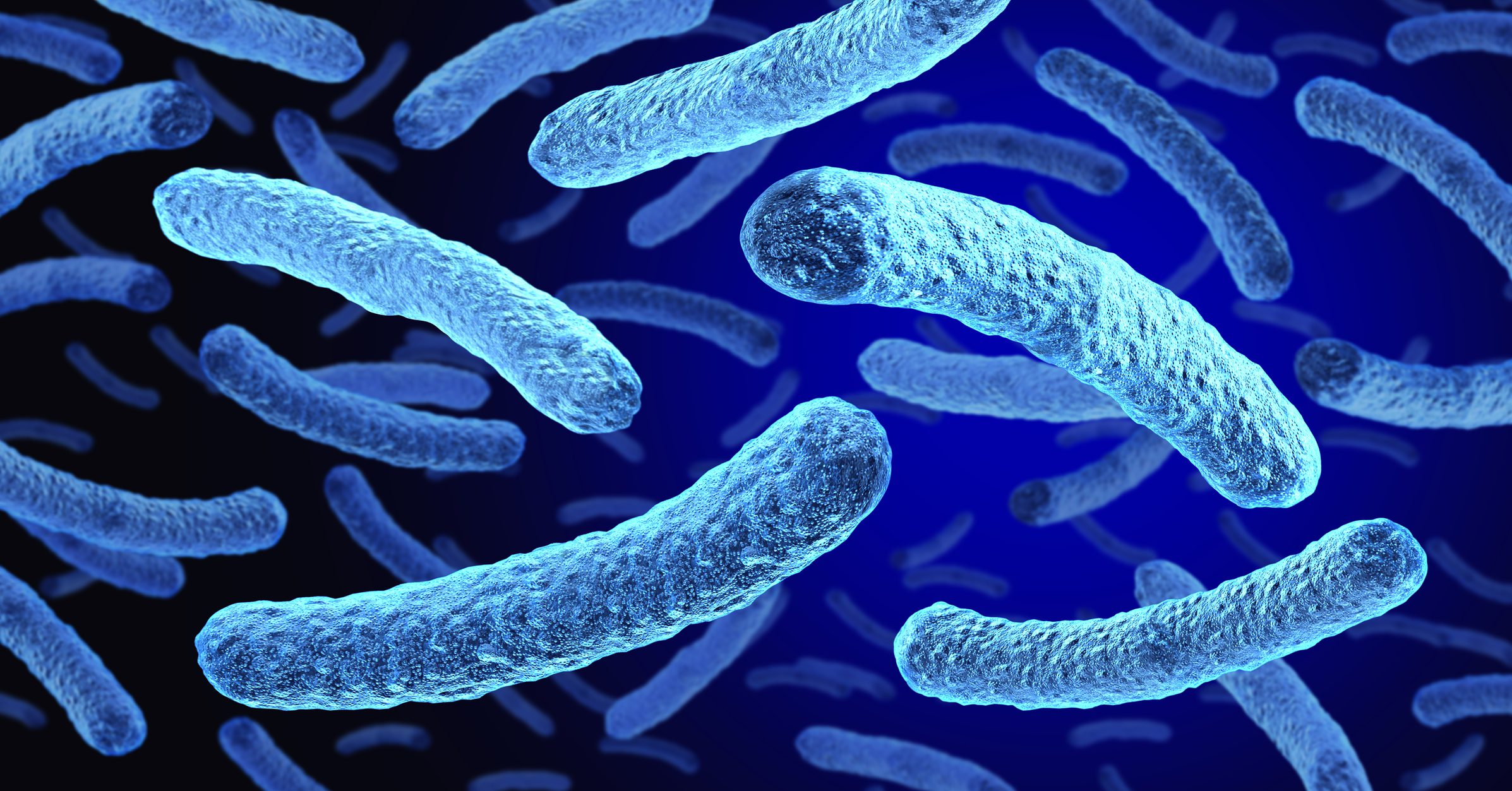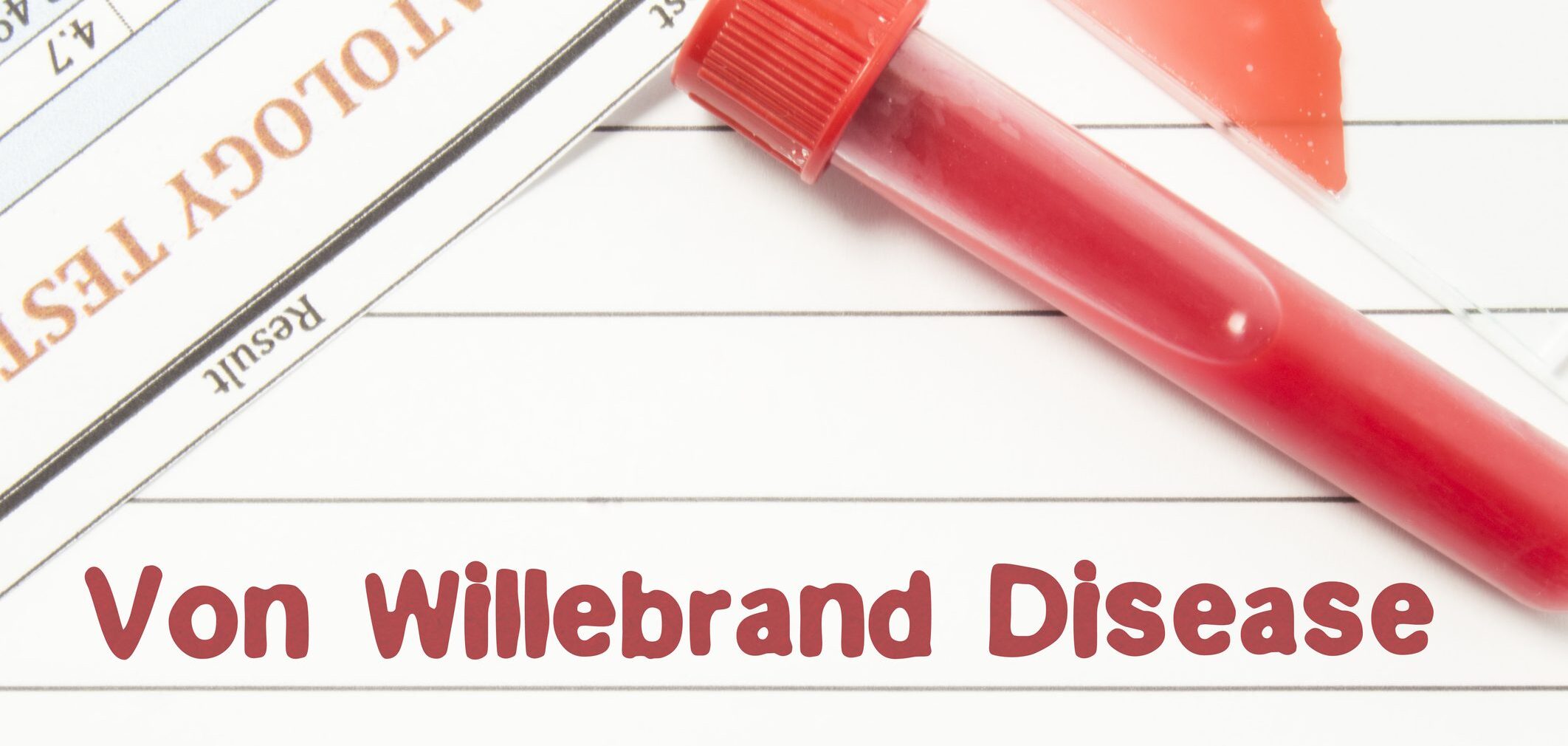The aging process shows not only on the skin, but also on the hair. Prof. Dr. Ralph Trüeb spoke about graying, alopecia and age-related changes of the hair shaft at the continuing education event “Skin in old age” of the Dermatology Clinic at the University Hospital Zurich.
As in skin aging, intrinsic (genetic and epigenetic) and extrinsic influences (e.g., UV radiation, smoking, air pollution, diet) are involved in hair aging [1]. It ages both the hair follicle (graying when melanocyte function decreases and alopecia when hair production decreases) and the free hair shaft in individuals who preserve their hair as they age. The hair shaft is stressed by cosmetic procedures and altered by UV radiation. Aging hair is more sensitive to UV exposure [2]. UVB radiation is responsible for the loss of hair proteins and UVA radiation for changes in hair color. When UV rays are absorbed, free radicals are formed in the hair shaft. Prof. Dr. med. Ralph Trüeb named seven signs of hair aging: graying of the hair, thinning of the hair (alopecia), dryness, loss of shine, brittleness and split ends, frizziness of the hair, poor stylability, poor hold of the hairstyle.
Hair graying
Graying is a natural, age-related change that usually correlates with chronological age and varies in severity among individuals. Graying before the age of 20 is called prematurity and is usually due to an isolated autosomal dominant disorder. During the oxidative metabolism of melanogenesis, a large number of oxygen radicals are produced in the hair follicles. As a result, the number of active melanocytes and melanosome transfer into the keratinocytes of the hair follicles decreases. Based on animal experiments, it is assumed that disturbances in the self-preservation of melanocyte stem cells are responsible for the graying of hair.
Androgenetic and senescent alopecia
Androgenetic alopecia is an expression of a genetically determined, accelerated aging process of the hair follicles, whose sensitivity to internal (hormones, inflammation, blood circulation) and external factors (environmental influences, nutritional factors) is increased. In contrast, senescent alopecia (after 60 years of age) is independent of sex hormones. In premature androgenetic alopecia (before the age of 16), a female Ludwig pattern is always present. In male androgenetic alopecia, a Ludwig pattern may also rarely (in 4%) develop independently of hormonal factors. However, the Hamilton pattern is typical, with receding hairline, tonsure, forehead parting baldness. Female alopecia usually begins ten years later and usually exhibits the female pattern, but often the male pattern after menopause. Not only genetic factors and peculiarities of androgen metabolism can affect hair growth and cause hair loss. Oxidative stress, smoking, UV radiation, microbes, irritants and environmental pollution also act as accelerating factors. This results in follicular microinflammation, fibrosis, apoptosis and finally androgenetic alopecia. Cigarette smoking provokes premature, increased hair loss of the androgenetic alopecia type. Among other things, smoking negatively affects microcirculation and increases oxidative stress. Fibroblasts of hair papillae from individuals with androgenetic alopecia have been shown to be more sensitive to oxidative stress than normal fibroblasts. L-cystine and vitamin B6 were shown to be protective in animal experiments with mice in which cigarette smoke provoked hair loss [3].
Co-treatment of the scalp during alopecia therapy
Pathological scalp changes can also affect the quality of hair due to oxidative stress. Thus, it has been demonstrated that dandruff, seborrheic dermatitis, atopic dermatitis or scalp psoriasis can lead to changes in hair shaft diameter, cuticle, hair shine and even hair loss. Seborrheic dermatitis additionally unfavorably influences hair in individuals with androgenetic alopecia. As a supplement to alopecia therapy, treatment of the scalp with, for example, selenium disulfide shampoo can have a positive effect on hair loss. Premature androgenetic alopecia (before 16 years of age) responds very well to topical minoxidil solution. First-line treatment for female androgenetic alopecia is also topical minoxidil solution. The SmPC states that the efficacy and safety of topical minoxidil solutions in adults over 65 years of age has not been adequately established. While no studies are available in people over 65, experience shows that topical minoxidil works very well in seniors, he said. If they still have hair, topical minoxidil can also be expected to work well in men over 40 with androgenetic alopecia – this also applies to seniors with a senescent alopecia component. The speaker summarized the recommendations for the therapy of androgenetic alopecia thus:
- Topical minoxidil is good for men before the age of 16 and after the age of 40.
- Topical minoxidil is always good for women.
- Finasteride is suitable in young men.
- Finasteride is also considered as a second-line agent in women when topical minoxidil cannot be used (e.g., because of allergy or cardiac arrhythmias); in women, finasteride doses of 5 mg are necessary, 1 mg is not sufficient.
Prof. Dr. Trüeb pointed out that finasteride does not work in all women, but only in some, but in those it works very well. In men, an increase in sexual side effects was noted after the age of 40, he said. If there are concerns, he said, the earliest one could try discontinuing finasteride and using topical minoxidil (effective after that age in men who still have hair) is 35. In smokers, finasteride therapy could be combined with peroral L-cystine and vitamin B6 on an experimental basis. In elderly women, a combination of minoxidil therapy with peroral L-cystine and vitamin B6 is useful because oxidative stress contributes to hair aging, he said.
Source: Advanced training “Skin in old age”, University Hospital Zurich, October 25, 2018, Zurich.
Literature:
- Trüeb RM, Tobin D, eds: Aging Hair. Berlin/Heidelberg: Springer 2010.
- Trüeb RM: The impact of oxidative stress on hair. Int J Cosmet Sci 2015; 37(Suppl 2): 25-30.
- D’Agostini F, et al: Chemoprevention of smoke-induced alopecia in mice by oral administration of L-cystine and vitamin B6. J Dermatol Sci 2007; 46(3): 189-198.
DERMATOLOGIE PRAXIS 2018; 28(6): 30-32; published 11/28/18 (ahead of print).



